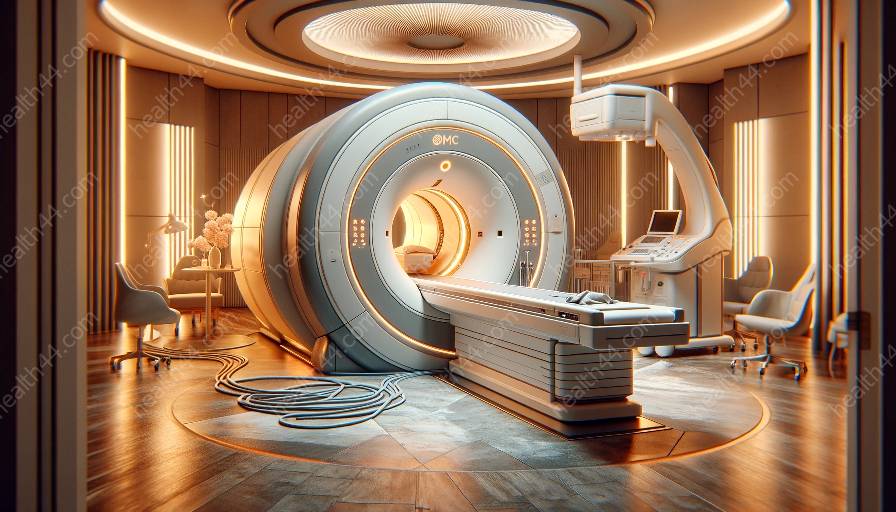Neuroimaging using MRI machines is a revolutionary technique that has transformed the field of medical devices and equipment. Magnetic resonance imaging (MRI) machines are powerful tools that use a magnetic field and radio waves to produce detailed images of the inside of the human body. In the context of neuroimaging, MRI machines are particularly valuable for studying the brain and its functions, as well as diagnosing and monitoring neurological disorders.
The Basics of MRI Technology
MRI machines work by detecting the behavior of hydrogen atoms in the body when subjected to a strong magnetic field and radio waves. These atoms align themselves with the magnetic field and then produce signals that can be converted into detailed images by a computer. By manipulating the magnetic field and radio waves, different types of tissues in the body can be distinguished, allowing for the visualization of organs, muscles, and most importantly, the brain.
Applications in Neuroscience
Neuroscientists and medical professionals use MRI machines to conduct numerous studies and experiments related to brain structure and function. Functional MRI (fMRI) is a specialized imaging technique that measures brain activity by detecting changes in blood flow. This has revolutionized our understanding of the complex mechanisms underlying human cognition, emotions, and behavior. Additionally, diffusion MRI is used to study the brain's white matter tracts and connectivity, providing valuable insights into neurodevelopment and neurological disorders.
Diagnostic and Therapeutic Role
In the clinical setting, MRI machines are indispensable for diagnosing and monitoring various neurological conditions, including brain tumors, stroke, multiple sclerosis, and Alzheimer's disease. With its ability to produce high-resolution images of the brain and nervous system, MRI has significantly improved the accuracy of diagnosis and treatment planning. Furthermore, neurosurgeons rely on MRI scans for precise guidance during surgical procedures, ensuring minimal damage to healthy brain tissue.
Advancements and Future Perspectives
Continual advancements in MRI technology have expanded its capabilities in neuroimaging. Ultra-high field MRI machines offer improved spatial resolution and sensitivity, enabling researchers to delve deeper into the intricacies of brain structure and function. Furthermore, the integration of advanced imaging sequences and artificial intelligence algorithms holds great promise for uncovering new biomarkers and therapeutic targets for neurological disorders.
Conclusion
Neuroimaging using MRI machines has revolutionized the field of medical devices and equipment, providing unprecedented insights into the structure and function of the human brain. From its fundamental principles to its clinical applications, MRI technology continues to shape the landscape of neuroscience and neurological healthcare. With ongoing advancements and interdisciplinary collaborations, the future of neuroimaging using MRI machines holds tremendous potential for furthering our understanding of the human brain and improving patient care.


